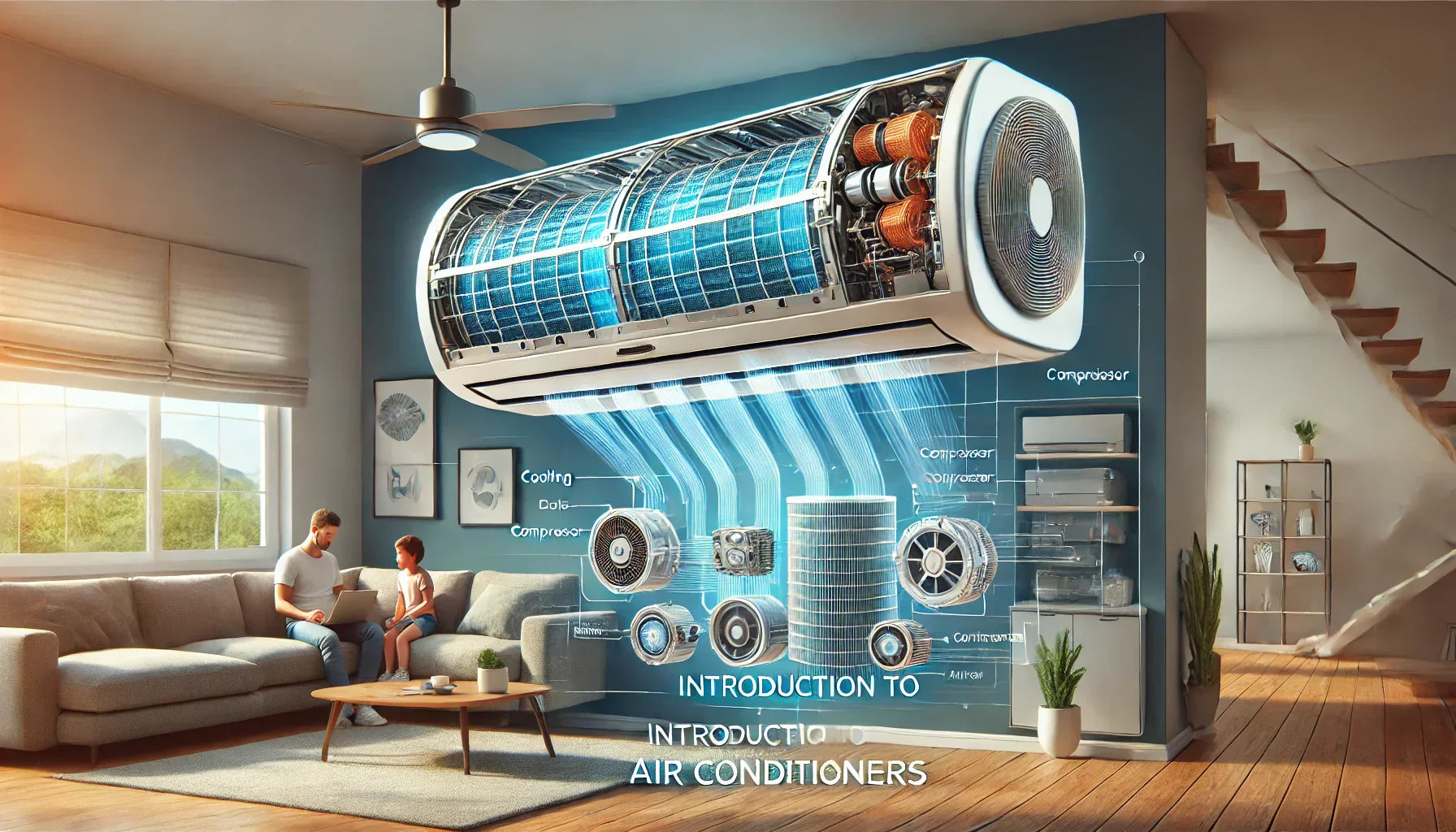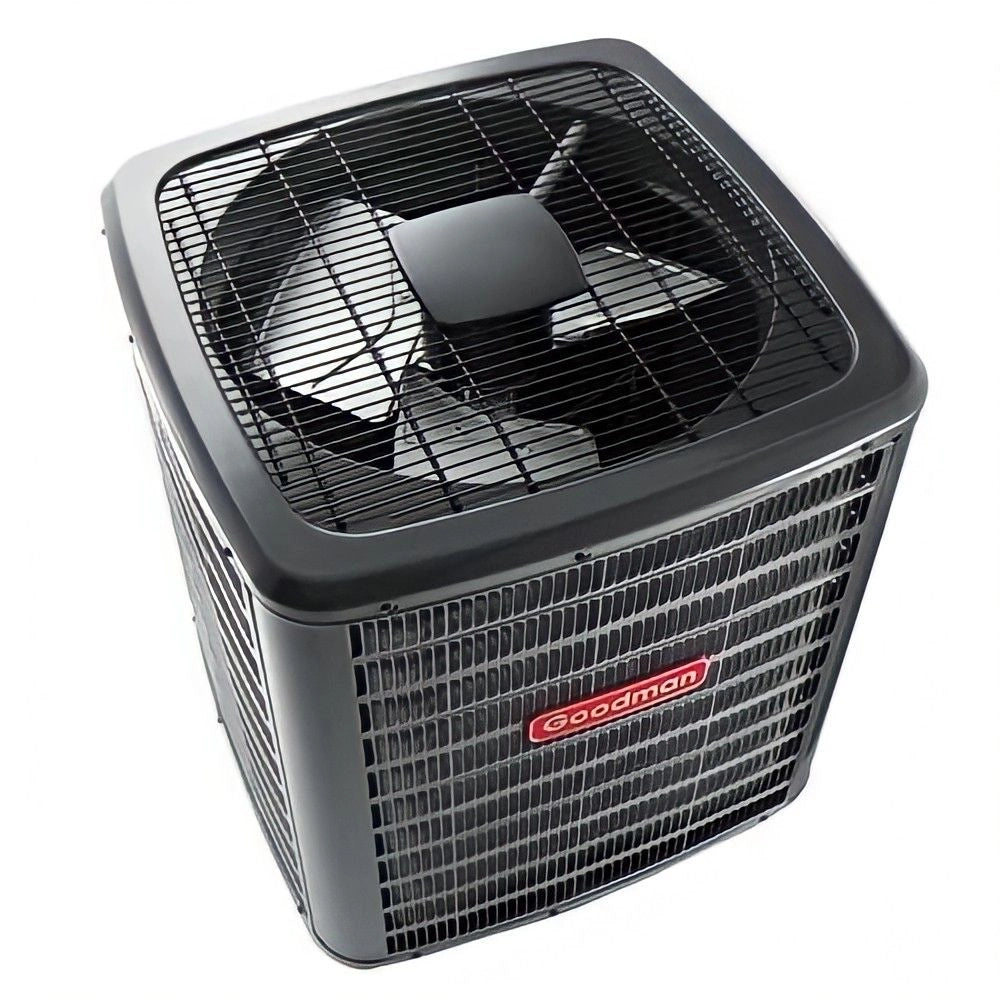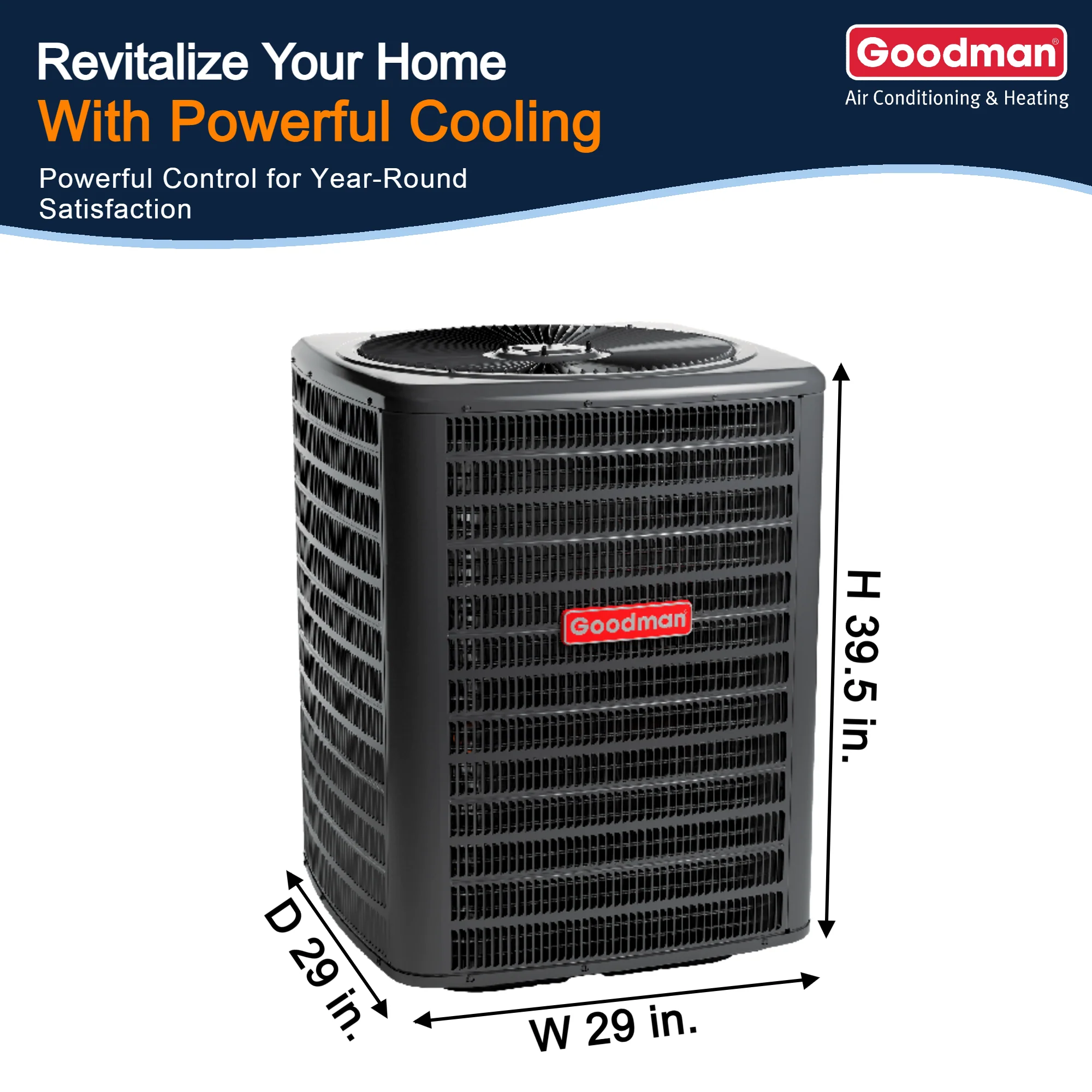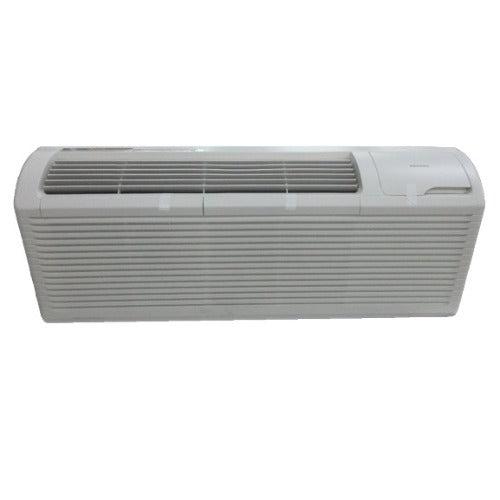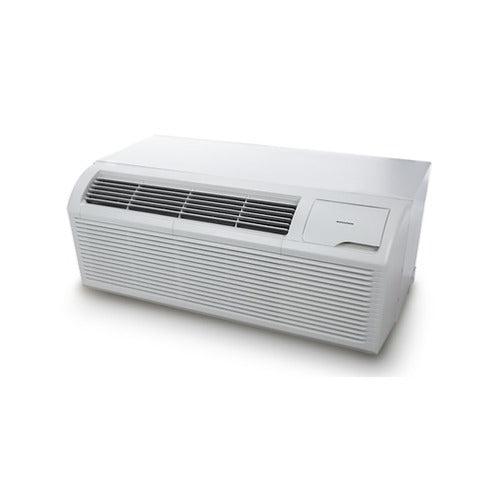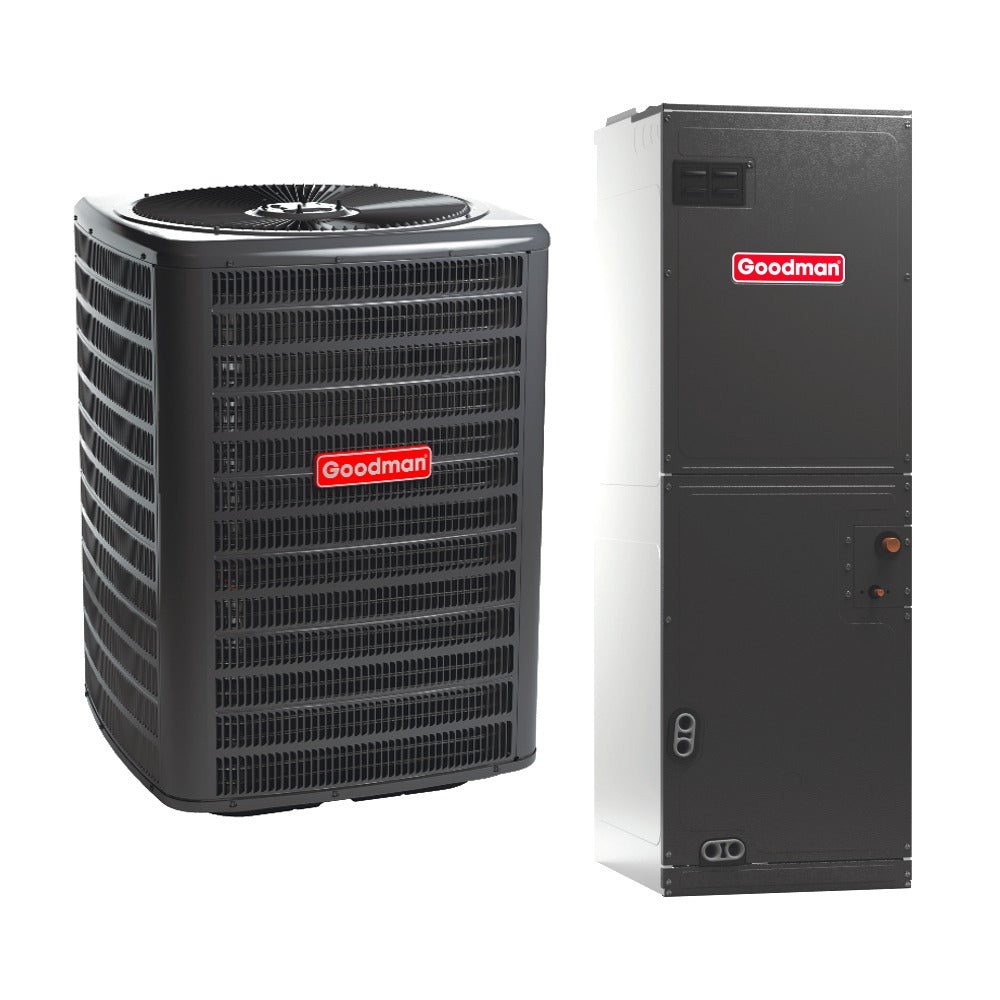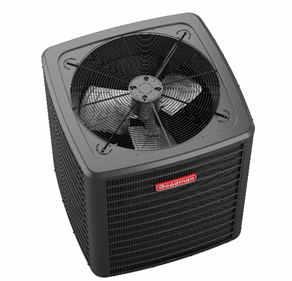Introduction to Air Conditioners
What is an Air Conditioner?
An air conditioner (AC) is a climate control system that regulates indoor temperature, humidity, and air quality by extracting heat and moisture from indoor air and expelling it outdoors. ACs are essential for maintaining comfort in homes, offices, and commercial spaces, especially in warmer climates.
The technology behind air conditioning has advanced significantly, leading to more energy-efficient air conditioning units, smart thermostats, and eco-friendly refrigerants. Understanding the different types of AC units and their benefits will help homeowners make informed purchasing decisions.
For a deeper dive into how air conditioners work, visit Energy.gov’s guide on air conditioning.
How Do Air Conditioners Work?
Air conditioners use a refrigeration cycle to cool indoor air. The process involves four key components:
-
Evaporator Coil – Absorbs heat from indoor air.
-
Compressor – Pressurizes the refrigerant, increasing its temperature.
-
Condenser Coil – Releases the absorbed heat outdoors.
-
Expansion Valve – Regulates refrigerant flow and pressure, allowing it to cool before returning to the evaporator.
This cycle continues until the indoor temperature reaches the desired level. High-efficiency AC models often incorporate inverter compressors for enhanced energy savings and more precise temperature control.
Learn more about how AC compressors work from Carrier’s HVAC learning center.
The Importance of Choosing the Right AC Unit
Selecting the right air conditioner affects your home’s energy efficiency, cooling performance, and operating costs. A mismatched system can lead to excessive energy bills, poor humidity control, and frequent repairs.
Key Factors to Consider:
-
Home Size & Layout – A properly sized air conditioner prevents overcooling or excessive cycling.
-
Climate Considerations – Hotter climates require higher SEER2-rated AC units for improved efficiency.
-
Ductwork Availability – Homes without ductwork should consider ductless mini-split systems.
-
Energy Efficiency Ratings – Higher SEER2 ratings indicate better energy savings over time.
To calculate the right air conditioner size for your home, use ASHRAE’s HVAC sizing guidelines.
Common AC Types and Their Benefits:
| AC Type | Best For | Pros | Cons |
|---|---|---|---|
| Central AC | Large homes with ductwork | Even cooling, energy-efficient models available | Higher installation cost |
| Ductless Mini-Split | Homes without ductwork, room additions | Zoned cooling, energy-efficient | Expensive upfront cost |
| Window AC | Apartments, small spaces | Affordable, easy to install | Noisy, limited cooling range |
| Portable AC | Temporary cooling, rental homes | Flexible, no permanent installation | Less efficient than other types |
| PTAC & VTAC | Hotels, multi-room spaces | Independent room control, durable | Requires wall modification |
Energy Efficiency & Cost Savings
Modern air conditioners are designed to maximize energy savings. The Seasonal Energy Efficiency Ratio 2 (SEER2) is a key metric that measures efficiency, with higher numbers indicating better performance. Look for Energy Star-certified air conditioners to reduce electricity consumption and qualify for rebates.
For the latest SEER2 efficiency standards, visit Energy Star’s official website.
Indoor Air Quality & Humidity Control
A good air conditioning system does more than cool the air—it improves indoor air quality by filtering dust, allergens, and pollutants. Many high-end models come with built-in air purifiers and dehumidification functions to enhance home comfort.
For information on HVAC air filtration and purification, check EPA’s indoor air quality guidelines.
Final Thoughts
Choosing the right air conditioning system is essential for maintaining home comfort while reducing long-term energy costs. Whether you need a central AC for whole-home cooling or a ductless system for specific rooms, researching features, energy ratings, and installation costs will help you make the best decision.
For expert HVAC buying tips and professional installation guides, explore Trane’s residential air conditioning solutions.

